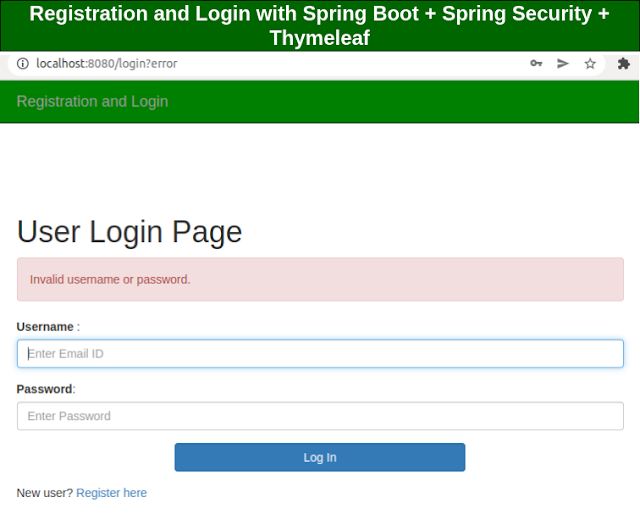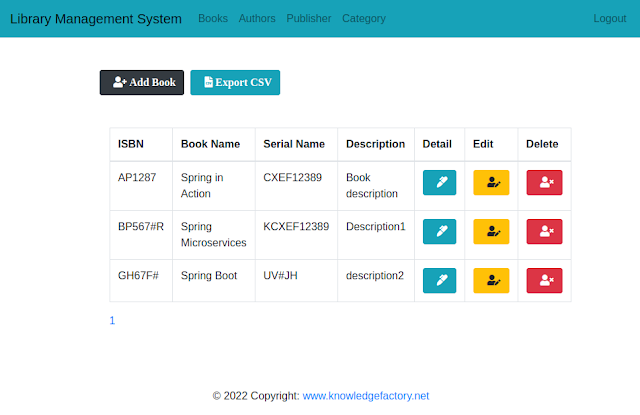Spring Boot Beginner's Guide: Build a Fault-Tolerant REST API with Resilience4j
This guide walks you through setting up a Spring Boot application with a Resilience4j Circuit Breaker, ensuring fault tolerance. You will learn how to create a REST API, configure circuit breaker settings, write unit tests, and package the application for deployment.
By the end of this guide, you'll have a fully functional Spring Boot project that can handle failures gracefully and be easily extended for production use.
1. Prerequisites
Make sure you have the following installed:
- Java 17 or later
- Maven (Apache Maven 3.6+)
- An IDE (e.g., IntelliJ IDEA, Eclipse, or VS Code)
2. Project Setup
Create a Maven Project
You can set up a Maven project manually or by using Spring Initializr. Here, we’ll create the project manually.
Project Structure
Add the pom.xml
Replace the pom.xml file with this:
3. Write the Main Application
Create DemoApplication.java:
4. Create a REST Controller
Create HelloController.java:
5. Configure Circuit Breaker
Add the configuration in application.yml under src/main/resources/:
6. Run the Application
To run your application, use the following command:
Visit the API endpoint at:
7. Add Unit Tests
Create HelloControllerTest.java:
Run the tests with:
8. Package the Application
Once you've tested the application, build the JAR file:
Run the packaged JAR:
Conclusion
In this guide, you:
- Set up a Spring Boot application with
spring-boot-starter-weband Resilience4j Circuit Breaker. - Created a REST API with a fallback mechanism.
- Configured
application.ymlfor circuit breaker parameters. - Wrote unit tests to validate your API.
- Built and ran the application locally.









